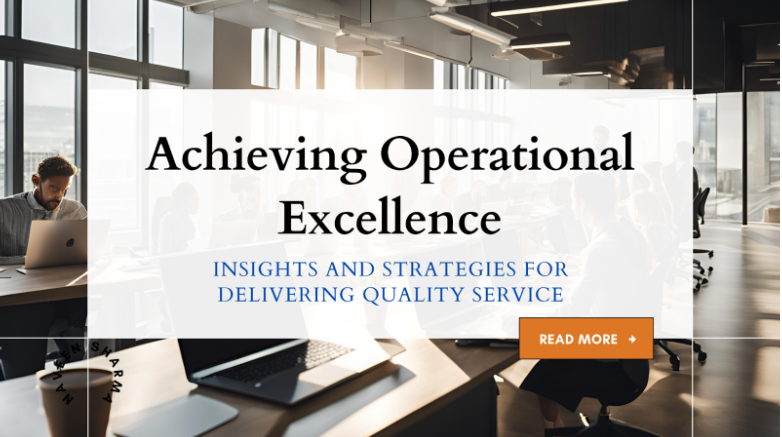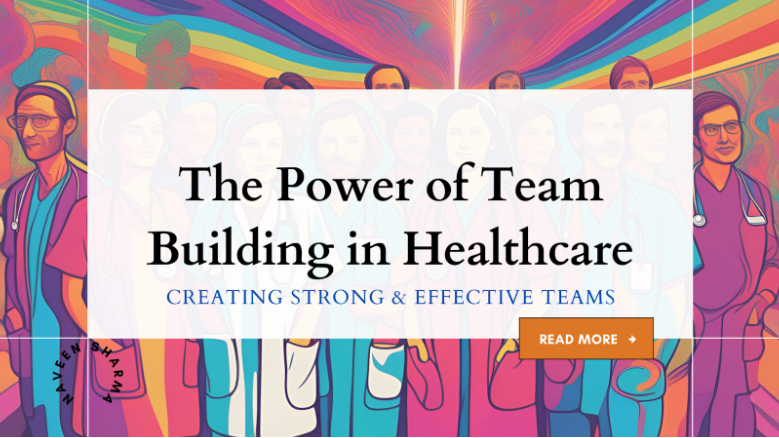Leadership is not merely a position; it is a responsibility that requires vision, empathy, and the ability to inspire others. As someone who has spent nearly three decades in the healthcare industry, I firmly believe that the essence of effective leadership can be found in ancient texts like the Mahabharata. This epic not only narrates the story of a great war but also provides timeless lessons on leadership, strategy, and human behaviour. Here are some key insights derived from the Mahabharata that can help in developing strong leadership skills.
1. Understanding the Importance of Dharma (Righteousness)
One of the fundamental themes of the Mahabharata is Dharma or righteousness. Leaders must understand their responsibilities and moral obligations to their teams and organizations. Yudhishthira, the eldest of the Pandavas, exemplified adherence to Dharma. His commitment to truth and justice, even in the face of adversity, serves as a powerful reminder that ethical leadership fosters trust and respect among team members. As leaders, we must prioritize integrity in our decisions and actions, ensuring that we uphold ethical standards in all situations.
2. The Power of Strategic Thinking
The Mahabharata is replete with examples of strategic thinking and planning. Krishna, the charioteer and advisor to Arjuna, played a pivotal role in shaping the course of events. His ability to foresee the outcomes of various actions and guide Arjuna demonstrates the significance of foresight in leadership. To develop our leadership skills, we must cultivate the ability to think strategically. This involves analyzing situations, anticipating challenges, and devising effective plans to achieve our objectives. In the healthcare industry, for instance, strategic thinking can lead to improved patient outcomes and operational efficiency.
3. Effective Communication and Influence
Krishna’s dialogues with Arjuna during the Kurukshetra war highlight the importance of effective communication in leadership. His ability to convey complex ideas and motivate Arjuna during moments of doubt reflects the necessity of clear and persuasive communication. As leaders, we must hone our communication skills to inspire and guide our teams. Engaging in open dialogue, actively listening to team members, and providing constructive feedback can foster a culture of collaboration and innovation.
4. Building Resilient Teams
Leadership is not about individual glory; it is about building strong, cohesive teams. The camaraderie among the Pandavas illustrates the strength that comes from unity. They supported one another through trials and tribulations, showcasing the importance of teamwork in overcoming challenges. As leaders, we must focus on building resilient teams by fostering a supportive environment, encouraging collaboration, and recognizing individual contributions. This approach not only enhances team morale but also drives collective success.
5. Embracing Adaptability
The Mahabharata teaches us that circumstances can change rapidly, and leaders must be adaptable. When faced with unexpected challenges, such as the sudden turn of events during the war, the characters in the epic demonstrated flexibility in their strategies. As leaders, we should be open to change, willing to reassess our plans, and adapt our approaches as needed. In the dynamic healthcare landscape, adaptability is crucial for navigating new technologies, regulatory changes, and shifting patient needs.
6. Nurturing Future Leaders
Finally, great leaders invest in the development of future leaders. In the Mahabharata, the mentorship provided by figures like Drona and Krishna played a vital role in shaping the destinies of the Pandavas and Kauravas. By nurturing talent and encouraging growth, we can create a legacy of effective leadership within our organizations. Providing mentorship opportunities, facilitating skill development, and encouraging leadership potential among team members ensures a sustainable future for any organization.
Conclusion
In conclusion, developing leadership skills requires a commitment to self-improvement, ethical decision-making, and a genuine concern for the growth of others. The Mahabharata, with its profound insights and rich characters, offers valuable lessons that can guide us in our leadership journeys. By embodying the principles of Dharma, strategic thinking, effective communication, team building, adaptability, and mentorship, we can cultivate a new generation of leaders equipped to face the challenges of the modern world.
Leadership is a continuous journey, one that demands introspection and a willingness to learn. Let us take inspiration from the wisdom of the past to shape a brighter future for our teams and the industries we serve.



